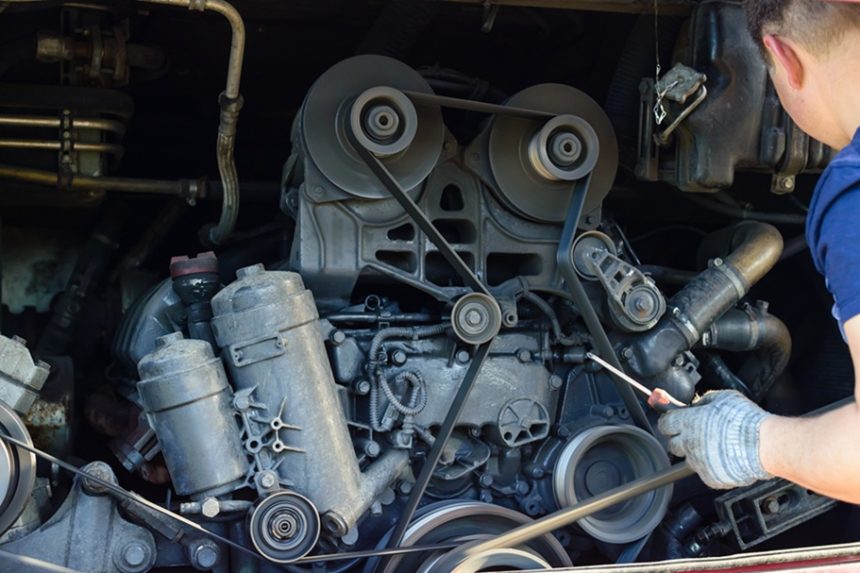The pen is mightier than the spanner. That statement was drummed into me as a young apprentice who was as keen as mustard and used to fly through jobs with neither record nor recollection of how or what he had done.
Fast forward more years than I care to admit, and it resonates when operating a fleet like ours and carrying our maintenance activities for others.
Like many operators, for a long time, we used paper sheets that were old, and which when scrutinised by a consultant a few years back, were not worth the material upon which they were printed.
Vital advice ensued, and they directed me to the Guide to Maintaining Roadworthiness (GTMR), which gives a very detailed minimum of what inspection sheets should look like.
A little tweaking, and we had a perfectly legal, usable and high-quality inspection record that covered all the basics that DVSA and the Traffic Commissioners want.
How many of you reading this have a record of tyre pressures on inspection sheets? How many have space to actually write brake test performance figures? And do you have a tick-box for the on-board diagnostics DTC check and vehicle recall check? These are some of the latest additions that DVSA expect, and as such it will be marked unfavourably if they are not present.
As with any paperwork, it is relevant and current only at the time of printing. RHA and the like all produce posh and proper inspection records that tick all the boxes when delivered, but remember, if GTMR changes while you are halfway through the stash of sheets, then you are effectively out of date.
If you do not do your own maintenance and use a third-party, it is imperative for you to check the inspection sheets you receive to ensure they are current and up to date, and that you are auditing the contents of these sheets and making a record of said audit. Simply throwing them in a draw is not quite what is needed.
The same goes for defect repair records. Write it down. All of it, every last detail. Because as the title suggests, if it is not on paper, then it did not happen!
We use a workshop job card system where every repair is documented, parts are listed, and most importantly, has a section for the technician to sign off the vehicle as fit for use.
This works alongside the defect reporting system, and everything is nailed together and put in the vehicle files. It is very simple to keep right, but as Transport Managers, we need to take the time to ensure that these things are done correctly.
We recently moved onto a digital system for our inspection sheets. It is tailored to our needs, which is great, and I dare say that many of you will slowly be migrating to those platforms. But please check that the sheets and records generated are up to date.
I am aware of one online PMI system that does not even know what GTMR is, has never read it, and does not know what content sheets should have. So always check what you are receiving.
I have also heard horror stories of third-party repair agents inspecting vehicles over a weekend and only filling in the record on Monday morning, which ultimately means that the operator exceeds its inspection frequency – and that is viewed unfavourably when it comes to any check or audit.
The top and bottom of this is check your sheets, make sure everything is documented, and ensure the sheets being used are up to date. As previously stated, if it ain’t written down, it didn’t happen. If anyone wants copies of our workshop job sheets or a link to the system we use for PMI records, then please get in touch and I will happily forward them.

























